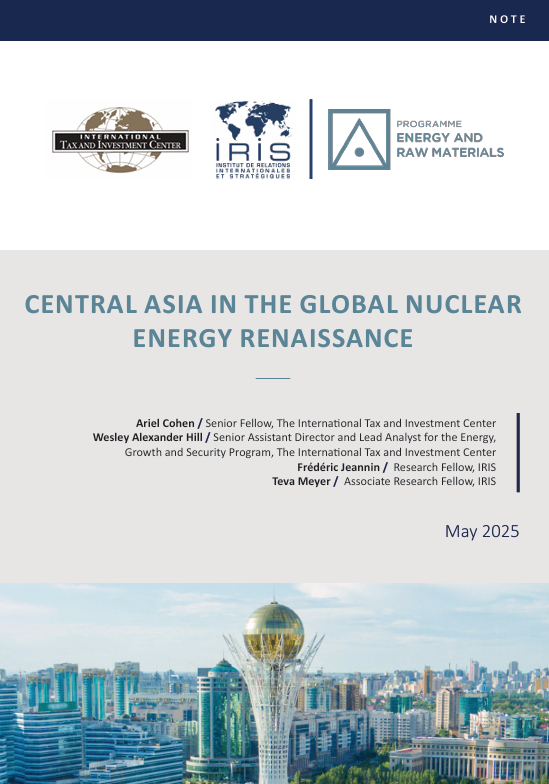
ㅇ 카자흐스탄은 전 세계 우라늄의 약 43%를 공급하며 핵 비확산 외교, 연료 가공 역량, 공동 생산 투자를 통해 핵연료의 핵심 공급국으로 자리매김하고 있음
ㅇ 우즈베키스탄과 몽골도 우라늄을 중심으로 한 자원 기반 산업 현대화와 국제 협력을 추진하며, 중앙아시아 지역 내 원자력 에너지 기반 전력 생산 및 통합 인프라 구축 방안에 대해 논의함
□ 보고서는 중앙아시아 국가들이 ▲지역 생산 역량 강화 ▲수출 경로 다변화 ▲원전 건설 파트너십 확보 ▲연료 공급망 통합 ▲지식 및 인력 협력 확대 등 다양한 수단으로 핵에너지 산업에서 가치를 높이려는 전략을 소개함
ㅇ 소련 시절부터 원자력 에너지 분야에 관여했음에도 현재 자국 원전이 운영되고 있는 중앙아시아 국가는 없으며, 신규 원전 건설 프로젝트들도 모두 초기 단계에 머물러 있어 2035년 이전 완공은 불투명한 상황임
ㅇ 중앙아시아 국가들은 단순한 우라늄 공급지로 남는 것을 넘어 연료 가공, 기술 협력, 산업 고도화를 통해 원자력 에너지 가치사슬 내에서 상위 단계로 진입하고 실익을 확대하려는 전략을 모색하고 있으며, 이러한 방향성은 지역 통합의 촉진 요인으로도 작용함
목차
Introduction 2
The roots of Central Asian nuclear diplomacy 3
Kazakhstan’s Nuclear Diplomacy 3
Trading Nuclear Weapons for Nuclear Power 4
Kazakhstan’s uranium diplomacy 6
Could Kazakhstan fuel the nuclear renaissance? 6
Uranium and Kazakh Multi-Vector Foreign Policy 8
Uranium and LocaliSed ModerniSation 10
China and Russia’s growing dependence on Kazakh uranium 12
The growing ambitions of Uzbekistan 15
Restructuring the uranium industry 15
Following Kazakhstan’s Footsteps 16
Opening new export corridors for Central Asia Uranium 17
Using the Trans-Caspian International Transport Route 17
Creating Further Export Corridors to Manage Costs 18
Consolidating Central Asia’s place in the Uranium Market 19
Could Kyrgyzstan revive its uranium industry ? 19
Mongolia’s turn to the French Uranium Industry 20
Developing nuclear energy for Central Asia 22
The re-integration of the Central Asian electricity system 22
Kazakhstan: Back to Its Nuclear Power Future 22
Russia’s Grip on Other Nuclear Energy Projects in Central Asia 24
Enhancing Regional Integration Through Nuclear Cooperation in Central Asia 25
Conclusion 27


